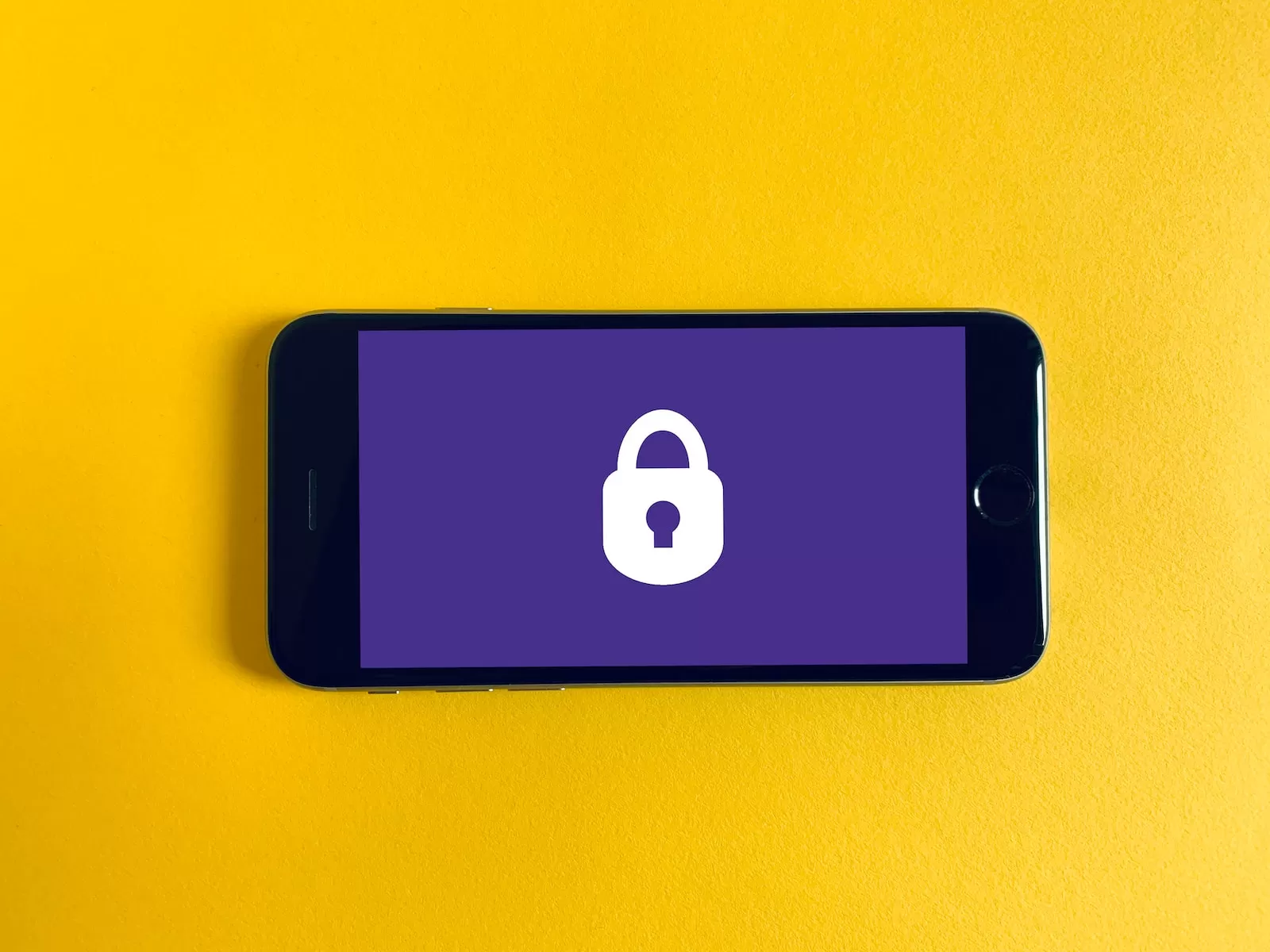In today’s ever-evolving digital world, the importance of data security cannot be overstated. Cyberattacks are growing more complex and frequent, threatening the sensitive data of both individuals and organizations. In 2023, utilizing state-of-the-art security technologies is crucial to safeguard your data from malicious threats.
A concerning statistic highlights that more than 22,000 cyberattacks occur daily, meaning a cyber attack occurs every 39 seconds! This article delves into some vital data security technologies designed to fortify your defenses and protect your valuable digital assets.
It’s essential to embrace these cutting-edge solutions to stay ahead in the cybersecurity landscape, ensuring the safety and integrity of your data against potential breaches.
1) Secure Cloud Storage Solutions
The growing trend of organizations transitioning their data to cloud environments necessitates more focus on security. Secure cloud storage solutions address this concern by providing strong encryption and access control measures, effectively protecting sensitive data.
Trustworthy cloud service is secure data technology to providers maintain rigorous security standards and are subject to frequent audits, ensuring that valuable information remains safe and secure. Prioritizing the use of secure cloud storage solutions is a strategic move for any organization. It not only offers peace of mind regarding data protection but also facilitates seamless collaboration and scalability.
In this age of digital transformation, it’s crucial to remain vigilant and adopt reliable cloud storage solutions to safeguard your organization’s most precious assets.
Online boot camps are a great resource if you’re keen to explore cloud storage and other cutting-edge technologies. These intensive programs offer a comprehensive education in a short timeframe. By enrolling in one of the many online professional tech boot camps available, you can quickly master these innovative technologies and expand your skill set.
2) Artificial Intelligence and Machine Learning
The world of data security is experiencing a transformation with the integration of Artificial Intelligence (AI) and Machine Learning technologies. These innovative systems automate the process of detecting and responding to potential threats.
They can rapidly sift through immense volumes of data, pinpointing patterns and irregularities that could signify security breaches. By embracing AI and Machine Learning as part of your overall security approach, you’ll significantly improve your capacity to identify and react to cyber threats with speed and precision.
Harnessing the power of these cutting-edge technologies bolsters your defenses against cybercriminals and helps maintain your organization’s credibility.
3) Multi-Factor Authentication (MFA)
Utilizing Multi-Factor Authentication (MFA) has become a crucial aspect of modern data security. This simple yet powerful measure mandates that users provide at least two separate types of identification before they can access a system or an account.
By incorporating this added layer of protection, the possibility of unauthorized entry is significantly reduced, as cybercriminals must overcome multiple barriers to compromise credentials. As malicious attackers relentlessly refine their tactics, the importance of MFA in securing sensitive data has never been more critical.
Taking advantage of multi-factor authentication (MFA) is a smart move for any person or business concerned about the ever-increasing risk of cyberattacks. Multi-factor authentication (MFA) is a dependable and essential part of a well-rounded security strategy for protecting digital assets.

4) Zero Trust Security Architecture
Adopting the Zero Trust security architecture is a proactive approach to safeguarding your organization’s digital assets. This security framework operates on the principle that no user, device, or network can be inherently trusted. Instead, every access request must undergo authentication and authorization before access to resources is granted.
This method significantly reduces the potential for insider threats and data breaches by implementing stringent access controls and constant monitoring of user activities. Implementing this security model fosters a proactive mindset and ensures a robust defense system, ultimately providing a higher level of protection for sensitive information.
5) Data Loss Prevention (DLP) Software
Data Loss Prevention (DLP) software is an essential tool for organizations aiming to guard sensitive information against unauthorized access, transfer, or leakage. These solutions are adept at overseeing and managing data movement across multiple channels, such as email, cloud storage, and file-sharing services. By incorporating DLP software into your organization’s security strategy, you proactively shield your valuable data from accidental or deliberate exposure.
Utilizing DLP tools is a wise decision for businesses seeking to stay ahead in the cybersecurity landscape, ensuring their digital assets are well-protected and mitigating the risks associated with data breaches and other potential threats.
6) Endpoint Detection and Response (EDR)
Endpoint Detection and Response (EDR) is a critical aspect of modern cybersecurity strategies, focusing on monitoring and analyzing endpoint devices like laptops, smartphones, and tablets for possible threats.
EDR solutions work by persistently collecting and examining data from these devices, allowing them to recognize unusual activities and respond automatically to potential security incidents
Implementing EDR is essential for organizations seeking to fortify their defenses, ensuring that both on-site and remote employees’ devices are protected from cyber threats. They are also vital in maintaining a secure digital environment in the face of a constantly evolving cybersecurity landscape.
7) Mobile Device Management (MDM)
Securing these devices becomes increasingly vital as we rely on smartphones and tablets for business activities. Mobile Device Management (MDM) solutions offer a central system to manage and control mobile devices, applying security policies and ensuring access to sensitive information is limited to authorized users. Furthermore, MDM tools can remotely erase data from misplaced or stolen devices, averting potential data breaches.
By embracing MDM solutions, organizations can effectively protect their mobile resources, allowing employees to safely access work-related information while on the move. This adaptability helps businesses maintain a robust security stance and respond to the ever-changing needs of today’s dynamic workplace.
8) Blockchain Technology for Secure Data Technology
Blockchain technology presents a distinct method for data security. Distributing data among numerous nodes makes it increasingly challenging for cybercriminals to tamper with or access the information. Blockchain’s versatile nature allows it to be used in various data security applications, including secure data storage, authentication, and access control.
As this innovative technology develops further, its potential to strengthen data security expands, making it an increasingly attractive option for organizations seeking to enhance their security measures. Embracing blockchain technology can lead to improved protection for sensitive information and a more robust defense against potential cyber threats.
Conclusion
In summary, focusing on data security is crucial for both individuals and businesses in 2023. By utilizing these sophisticated technologies, you can considerably fortify your defenses, lowering the risk of succumbing to cyberattacks.
It’s essential to be proactive, commit to these innovative solutions, and safeguard your invaluable digital assets from possible dangers. Keep ahead of the curve by embracing these technologies and ensure the safety and integrity of your data in an ever-evolving digital landscape.


























